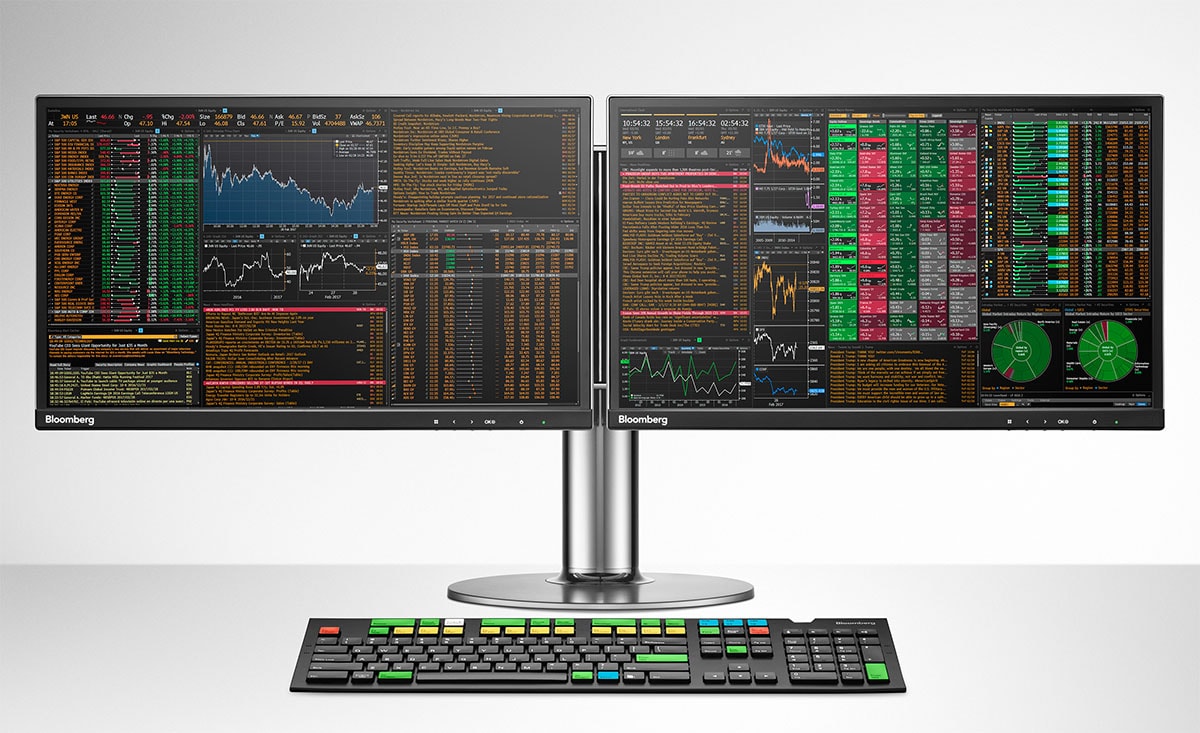device_evolution
Bloomberg Terminal
2015

Bloomberg Terminal
(Belk, 2017)The key here is the idea of predictability, which renders economics as a ‘hard’ science with the ability to observe repeated results. The Bloomberg Terminal offers itself as an interface to observe, understand and intervene in that process. In doing this, it reinforces both the idea of the market as something that can be understood, predicted and controlled and the trader as the one in control.
(Wood et al., 2016)Raised to a level of analytic abstraction, the configuration of screens, capabilities, and contents that traders in financial markets confront corresponds to a global reflex system, or GRS, where R stands for the reflexively transmitted and reflex-like (instantaneously) projected actionand other capabilities of the system and G stands for the global, scopic view and reach of the reflex system.
(Cetina, 2011)Belk, H. (2017) 2017 Corporate Leader Bloomberg L.P., aiga.org, 20 March. [link]
Cetina, K. K. (2011) ‘From Pipes to Scopes: The Flow Architecture of Financial Markets’, Distinktion: Journal of Social Theory. Routledge, 4(2), pp. 7–23. doi: 10.1080/1600910X.2003.9672857. [link]
Wood, C., King, A., Catlow, R. and Scott, B. (2016) ‘Terminal value: Building the alternative Bloomberg’, Finance and Society, 2(2), pp. 138–13. doi: 10.2218/finsoc.v2i2.1727. [link]
device_evolution